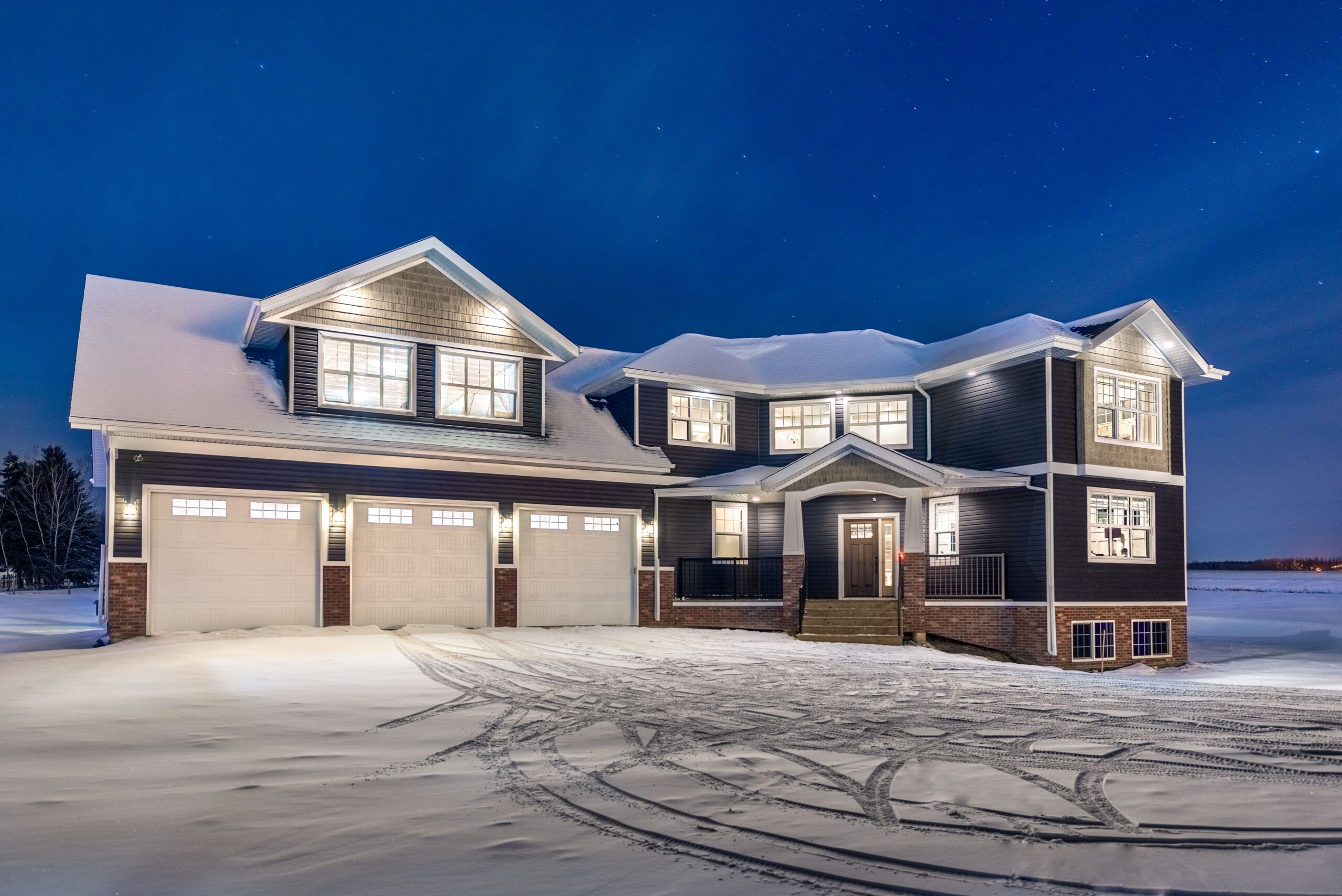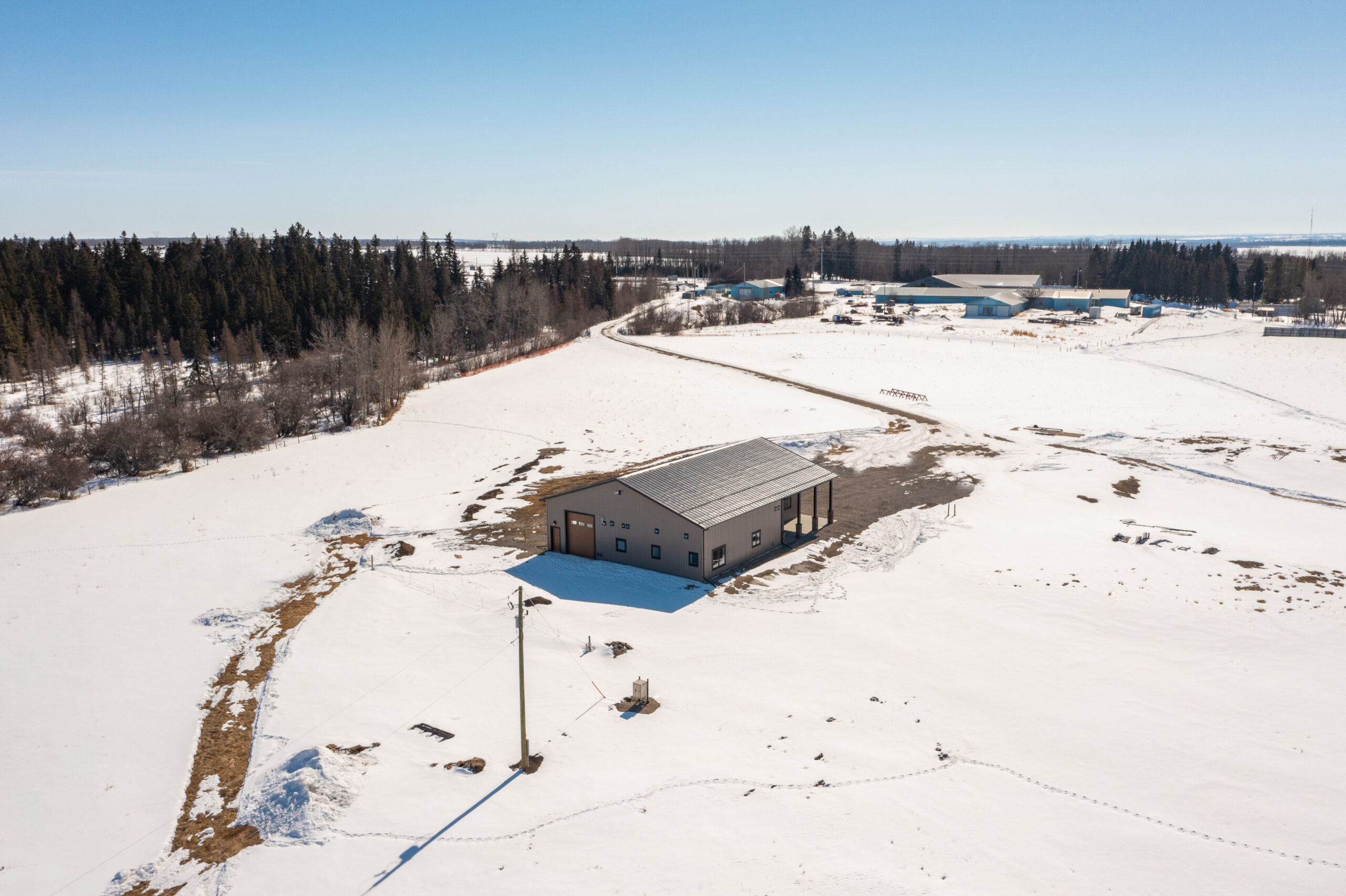Building a custom acreage home in Central Alberta can be an exciting and rewarding experience. It allows you to create a home that is uniquely tailored to your needs and lifestyle. However, before embarking on this journey, it is important to have a solid plan in place to ensure a successful outcome. In this blog, we will outline the five essential steps to prepare for building your custom acreage home in Central Alberta.

1. Find the Land
The first step in building a custom acreage home is finding the perfect piece of land to build on. Whether you are looking for a sprawling estate or a cozy retreat, the right piece of land can make all the difference. When looking for land, consider the following factors:
- Location: Is the land in a desirable location? Is it close to schools, shopping, and other amenities? Is the drive to work a reasonable distance?
- Zoning: Is the land zoned for residential use? Are there any restrictions or regulations that may affect your building plans? Have a conversation with your realtor, builder or directly with the county office. Any of them will happily answer any questions.
- Size and shape: Is the land large enough to accommodate your home design? Is the shape of the land suitable for the type of home you want to build?
- Topography: Is the land level or does it have a steep slope? What grading and excavation be required? Are there attractive build sites?
- Utilities: Are there utilities (water, sewer, electricity, gas) available on the land? If not, how much will it cost to install them? The closer to the road your build site is, typically is the more cost effective approach. Utilities are often located at the road.
Once you have found a suitable piece of land, it is important to have it inspected by a professional. This will ensure that the land is suitable for building and that there are no potential issues such as drainage problems, soil instability, or environmental concerns.

2. Begin Preliminary Conversations with Builders
Before you start designing your dream home, it’s important to have a clear understanding of your budget and the cost of building on your chosen piece of land. Begin preliminary conversations with builders to assess your land and budget ranges. A good builder will be able to provide you with valuable information about the cost of building in your chosen location and can help you determine how to make the most of your budget.
Make sure you understand their process and approach. Research whether they are Cost-Plus, Fixed Priced, or a combination. Do they utilize a software program that will share things like your budget and schedule? How much transparency do they offer to help you understand where your dollars are being spent?
During these preliminary conversations, make sure to ask questions about the building process, including timelines, permits, and inspections. You should also ask for references and examples of previous projects. This will help you get a sense of the builder’s experience, work quality, and communication skills. A builder should be happy to share a list of previous clients as references.
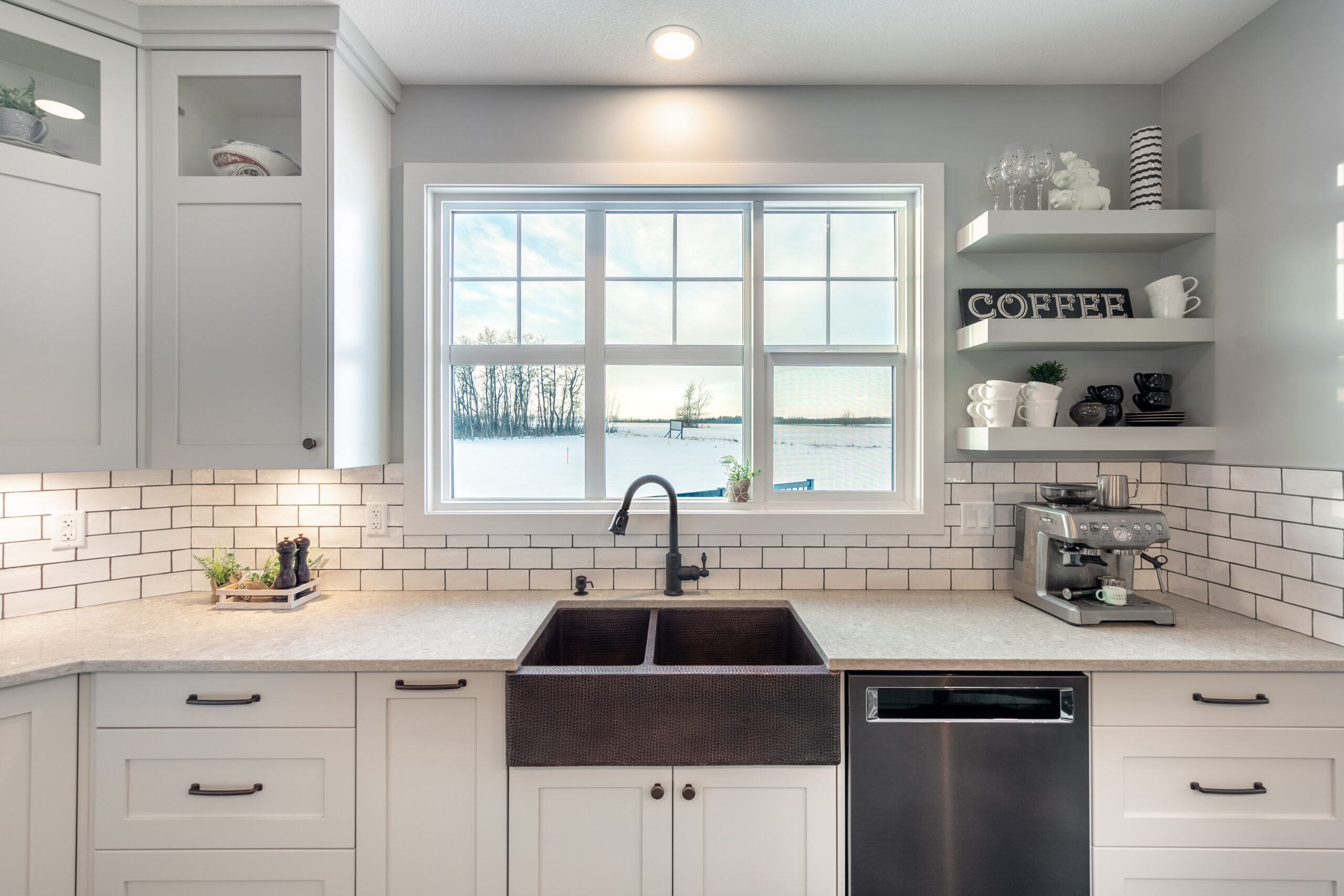
3. Design Plans to Suit Clients Wants and Fit the Property
Once you have chosen a builder, it is time to start designing your custom home. This is an exciting process, as it allows you to create a home that is tailored to your specific needs and desires.
During the design phase, you should work closely with your builder and design team to create a floor plan that suits your lifestyle and fits the property. You will need to consider factors such as the number of bedrooms and bathrooms, the size of the kitchen and living areas, and the overall layout of the home. You should also consider any special features or amenities you would like to include, such as a home office, gym, or outdoor living space.
Through this phase your builder should be making suggestions to help guide the home design towards the clients budget. This is done by getting direct feedback and quotes directly from trades to make sure numbers are realistic and up to date. Especially with the last couple years of uncertainty, costs of goods have changed dramatically.
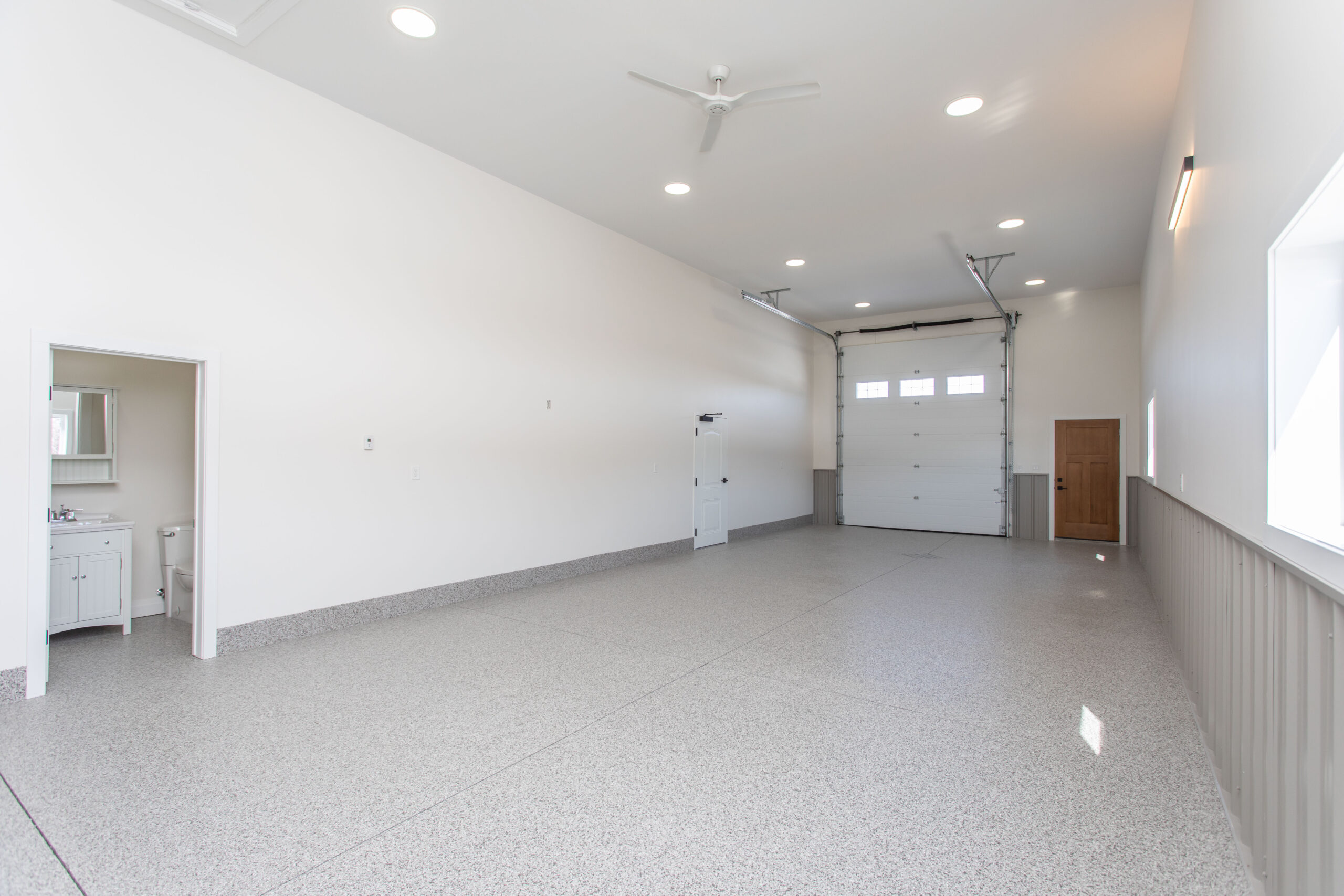
4. Work with Builder and Design Team to Design the Home
Once you have a rough idea of the floor plan and features you would like to include in your custom acreage home, it is time to start working with your builder and design team to refine the design. During this phase, you will work on finalizing the details of the layout and selecting finishes and materials for your home. The more information a client can come to the table with for this phase, the more effective it will be. Starting a Pinterest or Houzz board to help steer the designer in the right direction is a simple yet very helpful first step.
This is also a good time to consider any energy-efficient features you would like to include in your home, such as solar panels, high-efficient mechanical systems, or energy-efficient windows and doors. These features can help reduce your energy costs over time and make your home more sustainable.
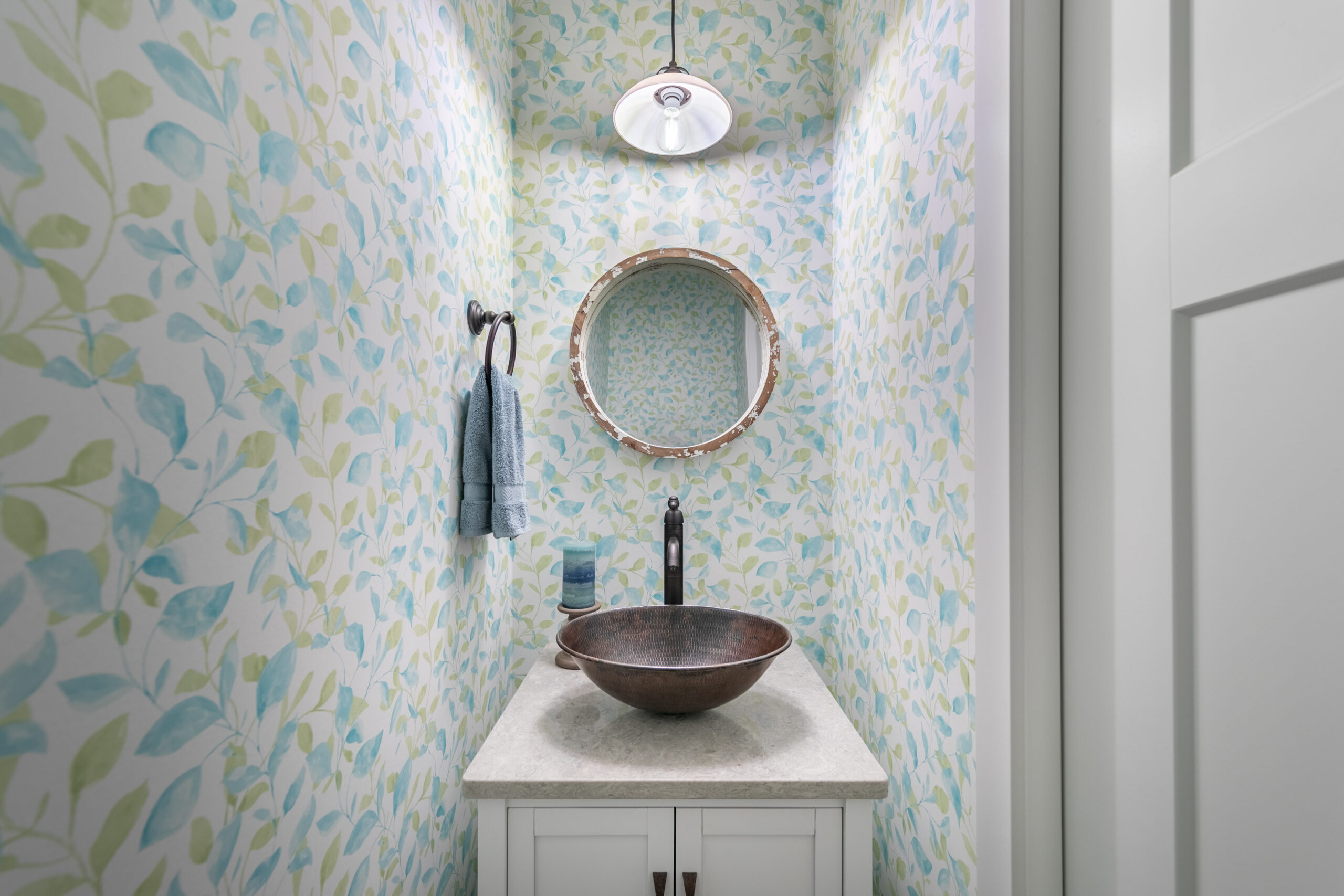
5. Finalize Financing
The final step in preparing to build a custom acreage home is to finalize financing. This will involve working with a lender to secure a construction loan, which will cover the costs of building your home.
Before securing a construction loan, it is important to have a detailed budget in place. This will help you determine how much you can afford to spend on your custom acreage home and will ensure that you do not overspend during the building process.
Make sure your chosen lender is someone familiar with lending on new construction. Especially on acreage new construction.
Once you have secured financing, it is time to start the permitting process. This will involve submitting plans to the local building authority and obtaining the necessary permits to begin construction.
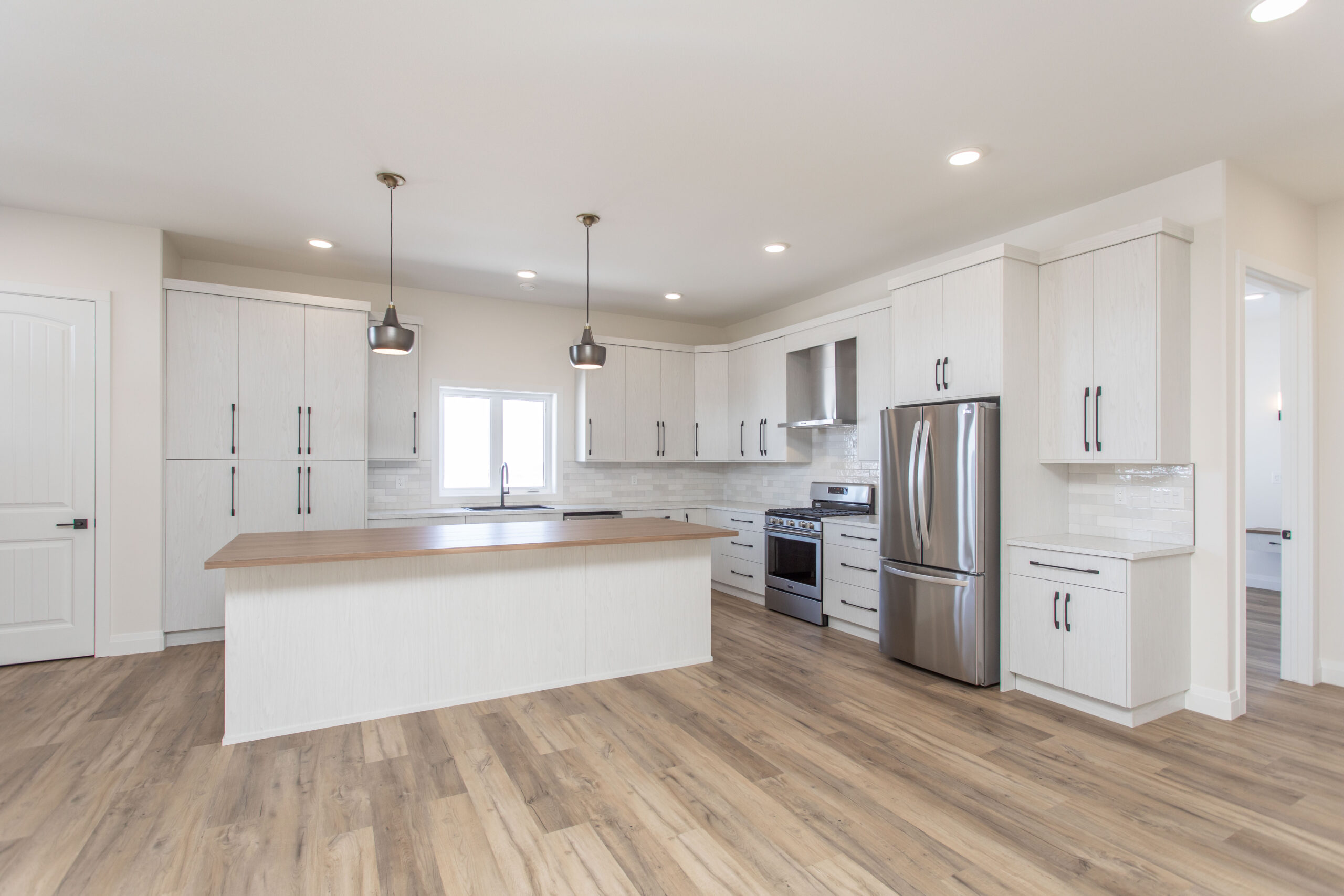
Find Your Acreage Dream Team
There are many details within each of these steps to consider. And sometimes the order may adjust depending on the circumstances. The most important aspect to execute your custom home while ensuring it is an enjoyable experience, is to assemble a team that aligns with your goals. Having a realtor, builder, designer, and lender that align with you culturally, morally, and truly understand what you are trying to achieve, is going to equate for an exciting process and a positive outcome.
